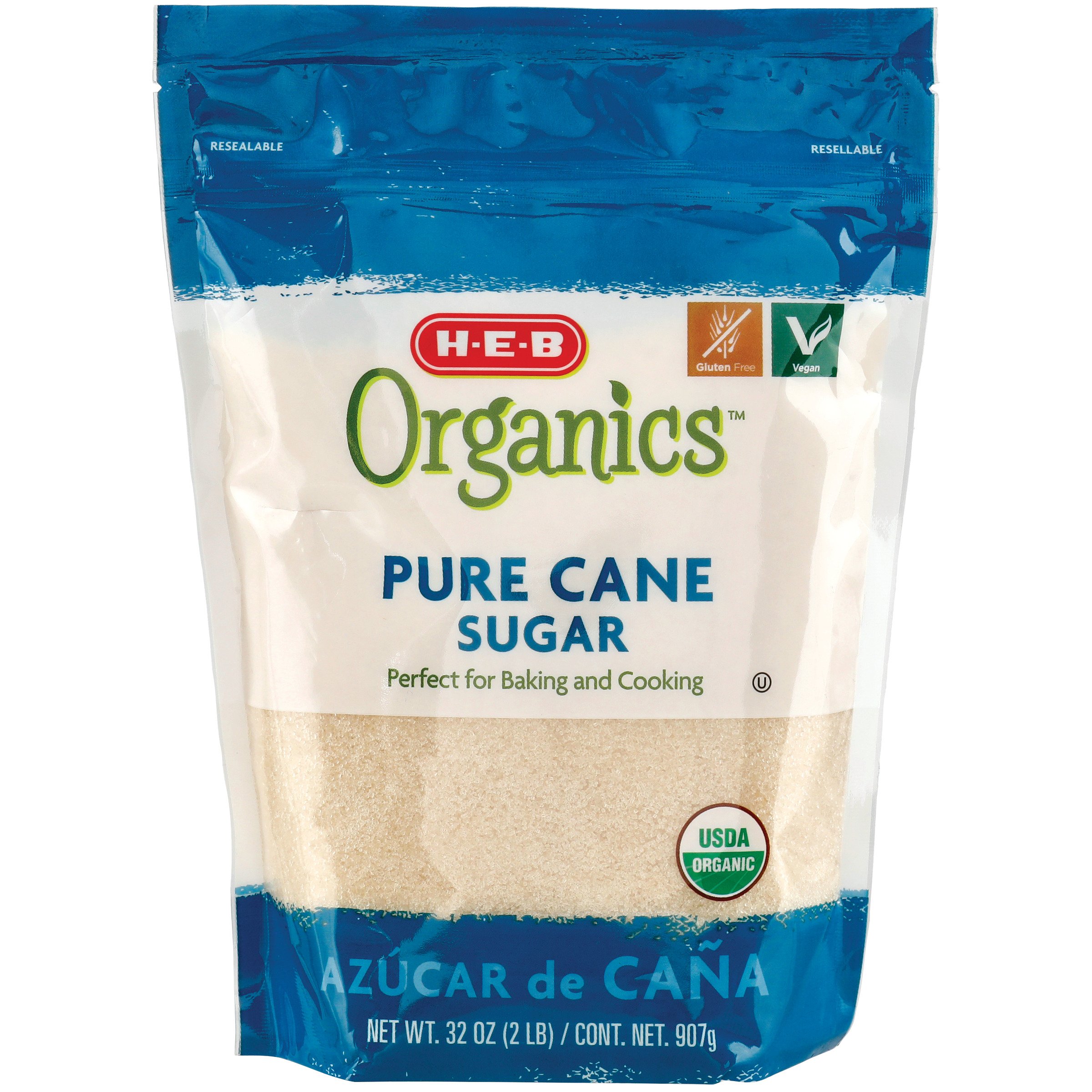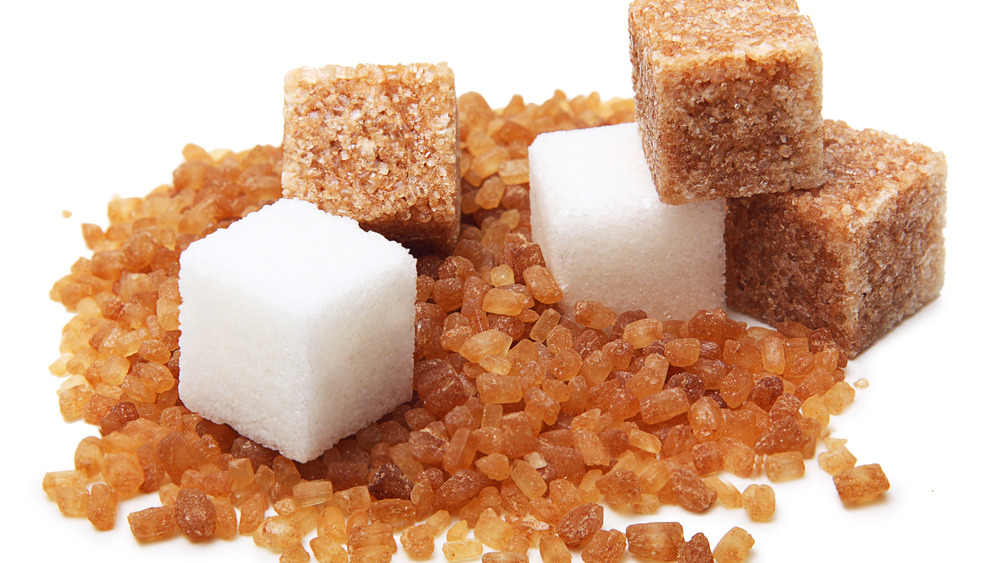Exploring the Comprehensive Tips Involved in Cane Sugar Handling From Harvesting to Refinement
The procedure of walking cane sugar manufacturing includes a series of elaborate actions, starting with the cautious harvesting of sugarcane and culminating in the refinement phases that make certain the end product fulfills industry standards. Each stage, from the extraction of juice to the purification and formation procedures, plays a critical function in determining the top quality and personality of the sugar. Comprehending these stages not only highlights the intricacy of sugar production but also elevates important concerns regarding effectiveness, sustainability, and development in the sector. What implications do these elements have for future techniques?
Collecting Sugarcane
Collecting sugarcane is a critical step in the walking cane sugar handling chain, as it straight affects the top quality and return of the last item. Correct timing and strategies are necessary during this phase to make sure optimal sugar content and reduce losses. Typically, sugarcane is collected when it reaches maturity, typically 12 to 18 months after planting, characterized by a high sucrose concentration.

Post-harvest, the sugarcane should be refined swiftly to prevent sucrose degradation. Preferably, gathered walking stick needs to be transported to refining facilities within 24 hr to maintain sugar top quality. Therefore, reliable logistical preparation is essential to keep the honesty of the gathered crop throughout the supply chain.
Extraction Process

The smashed walking cane undergoes a series of pressing procedures to take full advantage of juice recuperation. Typically, hot water is splashed onto the smashed walking stick, developing a countercurrent circulation that assists dissolve the sugar while also assisting in the removal procedure. The juice gathered from this operation contains not just sugar however also different organic compounds and contaminations.
:max_bytes(150000):strip_icc()/what-is-cane-sugar-5200549-hero-02-b1985b1d539645fb9a038b9c3e73f681.jpg)
To enhance removal performance, some centers might use diffusion methods, where the sugarcane is soaked in warm water, permitting the soluble sugars to diffuse right into the fluid. The resulting juice, abundant in sucrose, is after that guided to succeeding handling phases, laying the structure for filtration and improvement. The removal procedure is hence crucial in identifying the high quality and return of the last sugar product.
Filtration Strategies
The filtration strategies used in walking cane sugar handling are vital for changing the raw juice into a top notch sugar item. These techniques mostly intend to remove contaminations, such as dirt, plant materials, and inorganic compounds, which can negatively site influence the end product's taste and shade.
This process involves including lime and warm to the raw juice, which facilitates the coagulation of contaminations. Furthermore, the use of phosphoric acid can improve the clarification procedure by additional binding impurities.
An additional significant technique is carbonatation, where co2 is introduced to the clarified juice. This response produces calcium carbonate, which records staying pollutants and promotes their elimination.
Additionally, activated carbon therapy might be put on adsorb any type of remaining colorants and natural impurities, ensuring an extra refined item. The combination of these approaches efficiently prepares the sugar juice for succeeding steps in the refining procedure, setting the stage for the manufacturing of top notch walking stick sugar.
Condensation Methods
After the purification phase, the following critical action in walking stick sugar handling entails condensation approaches, which play a critical duty in transforming the cleared up juice right into solid sugar. This process typically utilizes 2 key methods: spontaneous formation and controlled condensation.
In spontaneous crystallization, supersaturated sugar services are enabled to cool down normally, resulting in the development of sugar crystals over time. This method is easier yet might result in unequal crystal dimensions and reduced pureness levels. On the other hand, managed condensation is a more accurate method where temperature level, focus, and seeding representatives are meticulously managed. This technique permits the uniform growth of sugar crystals and content higher purity.
During crystallization, the made clear juice is focused with dissipation, raising its sugar material until it gets to supersaturation. When this point is accomplished, either method can facilitate the crystallization procedure. Cane Sugar Processing. The resultant sugar crystals are then divided from the remaining syrup via centrifugation
Inevitably, the selection of condensation method influences the high quality, size, and pureness of the last sugar product, making this step important in the general walking cane sugar handling procedure.
Improvement and Product Packaging
Exactly how can the purity and quality of cane sugar be better boosted after formation? The refinement procedure plays a critical function in accomplishing premium cane sugar. Adhering to condensation, sugar undergoes an extensive washing to eliminate impurities and recurring molasses. This is normally accomplished using cozy water or steam, which aids dissolve and remove unwanted components while maintaining the sugar crystals.
Next, the sugar undergoes a process called centrifugation, where it is spun at broadband to separate the cleansed sugar crystals from the remaining fluid. After centrifugation, the sugar is commonly further fine-tuned via a technique called carbonization or phosphatation, which makes use of activated carbon or phosphoric acid to remove color and off-flavors.
When improved, the sugar is dried to accomplish the preferred dampness content, making certain that it remains steady throughout storage space and transportation. The final step entails packaging the polished sugar in moisture-proof and closed containers to keep its top quality and prevent contamination. Cane Sugar Processing. Appropriate packaging not just expands service life but likewise facilitates easy handling and distribution, making sure that customers obtain sugar that meets the greatest criteria of see pureness and top quality
Verdict
The comprehensive steps associated with walking stick sugar handling, from the careful harvesting of sugarcane to the complex improvement and packaging phases, underscore the importance of each phase in ensuring top notch sugar manufacturing. Ideal harvesting strategies, reliable removal approaches, and extensive purification processes collectively contribute to the final item's pureness and security. The condensation and subsequent product packaging techniques further boost the honesty and rack life of the sugar, highlighting the complexity and precision integral in this vital farming market.
The process of cane sugar manufacturing includes a series of intricate actions, starting with the cautious harvesting of sugarcane and culminating in the improvement stages that ensure the final item satisfies industry criteria. Preferably, harvested walking cane needs to be transported to refining facilities within 24 hours to maintain sugar high quality.In spontaneous crystallization, supersaturated sugar remedies are allowed to cool down normally, leading to the development of sugar crystals over time - Cane Sugar Processing. The improvement process plays an essential role in attaining top notch walking stick sugar.The thorough steps entailed in walking stick sugar handling, from the precise harvesting of sugarcane to the detailed refinement and product packaging stages, highlight the importance of each phase in ensuring top notch sugar production
Comments on “Advanced Cane Sugar Processing: Enhancing Performance and Sustainability”